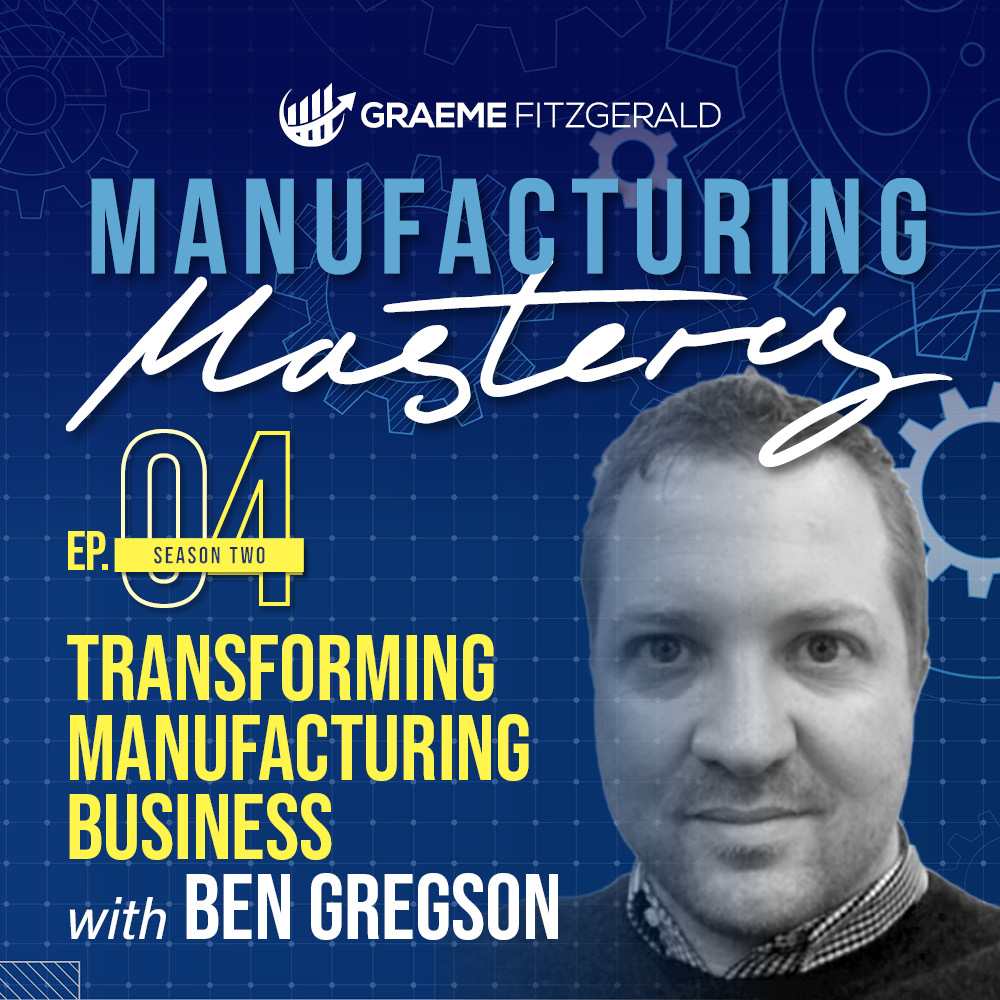Transforming Manufacturing Businesses
As many readers of this blog will be acutely aware, manufacturing businesses can face a seemingly endless array of challenges. Markets and competitors can evolve. Strategies and management teams can change. Sales teams can become fractured and underperform.
For some organisations, this can become ‘head-in-the-sand’ or ‘cross-your-fingers-and-hope-for-the-best’ time. But for most savvy operators, these challenges can signal the need for transformation, and with it new opportunities and new growth potential.
When it comes to transforming a manufacturing organisation, there are key elements that underpin success. Recently I spoke with Ben Gregson – a seasoned manufacturing executive who has led several successful business transformations – about these factors, and whilst most won’t be new to readers, there is a reason they remain core to any transformational approach.
Creating a clear identity
Organisations – no matter what type – need to be clear on who they are. A lot of times businesses can get stuck trying to be everything to everyone. As pointed out by Ben, this can result in “profitless productivity” leading to production delays, efficiencies being missed, and other lost opportunities.
Creating a clear vision, mission, and values, that translates into a shared vision for the business sits at the heart of any good strategic plan. And a strategic plan is most valuable when it becomes the decision-making framework for the organisation. And when progress and goal attainment against this plan is clearly tracked and shared with the whole organisation.
Aligning the organisation around this common purpose and direction
It goes without saying that leadership is critical in driving changes required to achieve transformation success. Without a strong leadership, it is difficult sustain both the vision and momentum need to embed it. In my chat with Ben, he outlines that successful leadership during times of transformation:
- Has the ability to inspire and motivate the team. They create a sense of shared purpose that everyone can rally around
- Creates an environment to share ideas. They break down silos and ensure an integrated approach to planning and executing activities
- Hold training in high regard. They recognise the importance – now more than ever – of having the right team in place and that this team has access to what is needed to do their job
- Recognise and celebrate success. They reward those behaviours that align with transformational goals and foster a sense of pride embracing change and the collective achievements of the organisation
Harnessing Technology
Ben also emphasises the importance of innovation in business technology and the role it can play in streamlining operations, reducing costs, and improving overall performance.
In his most recent transformation experience at Protective Fencing, the team installed a new ERP system which is spanning a range of activities including front of house, financials, and materials resource planning. An whilst the system itself is paying huge dividends, it was the change management that comes with implementing a new system which also provided a catalyst to revisit workflows and create new processes within the organisation.
One example Ben cited involved separating tasks to different users rather than having a single user manage it from start to finish. This adjustment has played a key role in improving manufacturing turnaround, customer service and customer satisfaction.
The system is also providing valuable data points around what goes into manufacturing each product. This has seen the business delivering higher quality products and services on time, and a resulting increase in customer loyalty and repeat business.
Client-centricity
“There is only one boss. The customer. And [they] can fire everybody in the company from the chairman on down, simply by spending [their] money somewhere else.”
Sam Walton, Founder of Walmart
This is a quote which Ben refers to and it succinctly sums up the position his most recent transformation process has been built upon – whilst knowing who you are as an organisation is critical, ultimately your business strategy should centre around the client or customer. Use as many data points as you can to understand their needs. And how you are going to best fulfil them to achieve both their goals and yours.
Transformation within any organisation is never easy. Redefining management strategies and implementing key management transformation principles is hard. But it’s not only largely unavoidable given the challenges faced by manufacturing organisations today - it’s worth it.
If you are a manufacturing executive facing the challenges that come with transformation or simply interested in learning about the manufacturing industry, be sure to head to the podcast section of the website to access this episode.
Season Two - Episode Four
Transforming Manufacturing Business with Ben Gregson
Contact me if you would like to chat about how AI – and other tools and techniques – can help improve productivity and increase sales for your manufacturing organisation.
Are you ready to be the next success story?

GETTING THE BASICS RIGHT
Pandemic or no pandemic - avoid the common traps that lead to business failure with this free e-book
Submit your details and you'll be given immediate access to download this FREE e-book.

